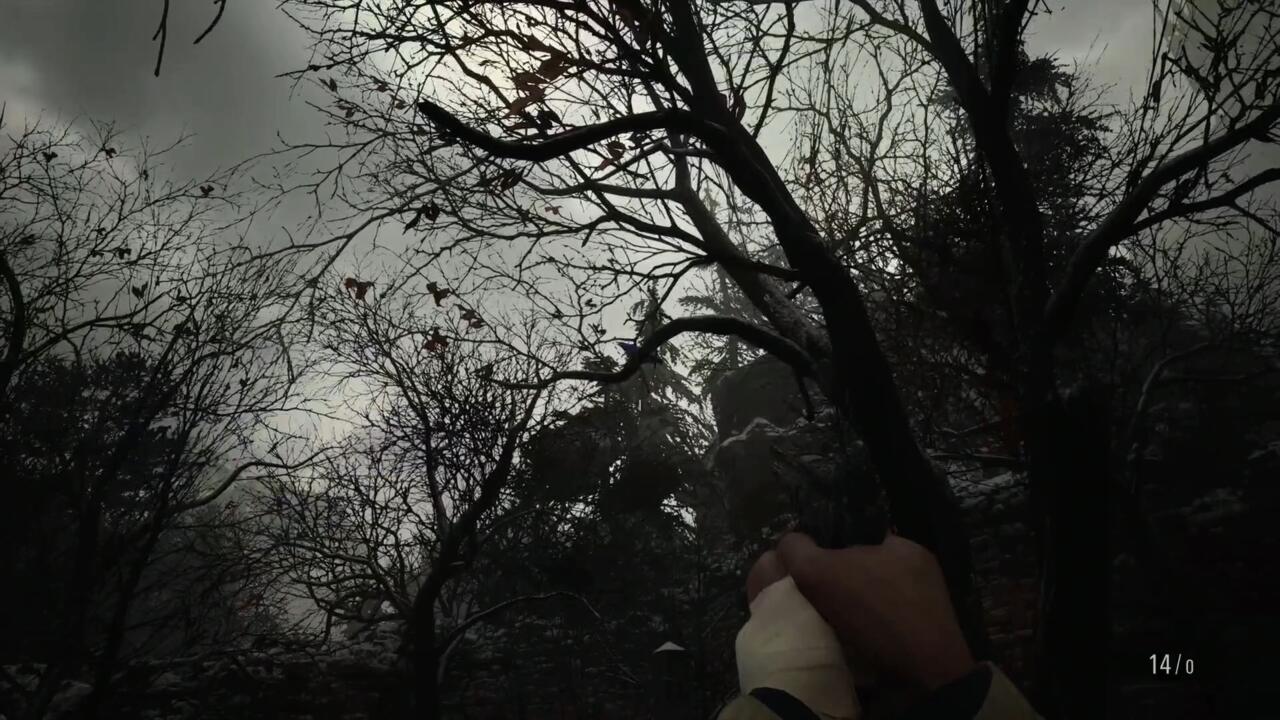If you’re one of the millions of users who access their streaming services through a Roku-branded television or streaming box, you may have noticed just how long it took HBO Max and Peacock to arrive on the service. Now, Google and Roku are at odds over the YouTube app following Roku’s removal of the separate YouTube TV app. Google added fuel to the fire today by adding YouTube TV to the existing YouTube App.
The fun kicked off last week when Roku removed the YouTube TV app from the Roku store. The distribution deal between the two companies expired on April 30, and Roku says Google is asking for unfair terms meant to not just benefit YouTube, but also to negatively affect Roku and Roku users. The terms include things like providing Google with special access to consumer data, Roku to build a special YouTube search function into the Roku interface, and even for Roku to meet certain hardware specs. In short, it sounds like Google is asking Roku to be another branch of its existing Chromecast product line at additional cost to Roku itself.
When negotiations stalled out and the distribution agreement expired, Roku removed the YouTube TV app.
Today, YouTube added a new menu item to its YouTube app that lets you click on “Go to YouTube TV” to watch programs within the application. YouTube is also “working with other partners to secure free streaming devices in case YouTube TV members face access issues on Roku.”
This sure seems like a power move to shift people off of Roku and onto Google-powered streaming devices, but this also isn’t the first time an app provider has complained about Roku making unreasonable demands to allow an app on its devices. Last year, the HBO Max and Peacock apps arrived late on Roku asking for “egregious” terms over access to things like advertising.
“We have only asked Google for four simple commitments,” Roku said in an April 30 statement (via The Verge). “First, not to manipulate consumer search results. Second, not to require access to data not available to anyone else. Third, not to leverage their YouTube monopoly to force Roku to accept hardware requirements that would increase consumer costs. Fourth, not to act in a discriminatory and anticompetitive manner against Roku.”
YouTube fired back, stating that “Roku often engages in these types of tactics in their negotiations. We’re disappointed that they chose to make baseless claims while we continue our ongoing negotiations. All of our work with them has been focused on ensuring a high quality and consistent experience for our viewers. We have made no requests to access user data or interfere with search results. We hope we can resolve this for the sake of our mutual users.”
Google said in a blog post that it wanted to “renew the YouTube TV deal under the existing reasonable terms,” but said that Roku used the opportunity to “renegotiate a separate deal encompassing the YouTube main app, which does not expire until December.”
Google says that it is “still working to come to an agreement with Roku to ensure continued access to YouTube TV for our mutual customers,” noting that existing YouTube TV members can still access their content on Roku as long as they don’t delete the app. Google also says that it is working with Roku to “certify that new devices meet our technical requirements.”
Roku, meanwhile, says that Google continues to “blatantly leverage its YouTube monopoly,” and that the company’s “actions are the clear conduct of an unchecked monopolist bent on crushing fair competition and harming consumer choice.” The company adds that it hasn’t asked for any additional money from YouTube, but rather for “Google to stop their anticompetitive behavior of manipulating user search results to their unique financial benefit and to stop demanding access to sensitive data that no other partner on our platform receives today.”
One sticking point with regard to hardware is that Google wants Roku to allow use of the AV1 video codec, stating that “Roku requested exceptions that would break the YouTube experience and limit our ability to update YouTube in order to fix issues or add new features. For example, by not supporting open-source video codecs, you wouldn’t be able to watch YouTube in 4K HDR or 8K even if you bought a Roku device that supports that resolution.”
YouTube is a worldwide streaming giant, and Roku is huge in the streaming hardware space. It seems likely that Google would want to edge Roku out if possible, considering it has its own streaming devices, and knows that the loss of YouTube would be a huge hit against the service. Roku, meanwhile, has shifted from providing just streaming hardware to handling things like advertising and offering content, putting it in a space to compete with companies like YouTube and WarnerMedia. It remains to be seen who will blink first.





